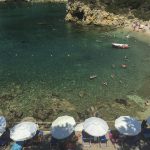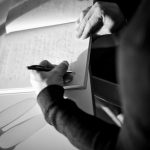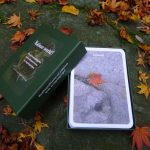ARTICLE BY MIRTHE SMEETS
ENGLISH TRANSLATION BY SOLKO SCHALM
Before being translated to English for our Culture Keeper audience, Dutch journalist Mirthe Smeets’s interview with painter Solko Schalm was first published in Vers Beton, a Dutch online magazine focused on engaging the people of Rotterdam in understanding their city as it changes and develops. Rotterdam is the Netherlands’ second largest city and Europe’s largest port. Enjoy this interview with one of its artists!
After living in Geneva for a couple years, Solko Schalm, 45, has returned to paint and teach in his former studio in the centre of Rotterdam, the city he had been living and working in as a painter and illustrator since 1997. He opened his Rotterdam gallery in 2004. In addition to specializing in the classical genres of portraits, landscapes, and still lifes, as well as illustration and graphic arts, Schalm hosts exhibits, cultural events, and painting courses at his gallery. In this interview, Mirthe Smeets explores Schalm’s views on art and teaching.

MIRTHE: Upon entering your studio, I get the feeling that you find inspiration in your immediate surroundings. The enormous landscape at the entrance looks very Rotterdam-ish, with huge glass and steel skyscrapers and an industrial feel to it. Can you tell me a bit more about it?
SOLKO: Ah, you mean Rotterdam – City Of Glass and Water. I wanted to paint the spirit of the city, but it isn’t actually a view from a specific place or spot. In that sense it isn’t a realistic depiction. Picasso said: Art is the lie that shows us the truth. The idea is that it should feel as if it could be a real place in this city, even though it isn’t. Most of the time I completely change the proportions of the buildings in my paintings and move them around, but even then it still looks real and natural. Nobody actually notices that it isn’t truthful. I find that pretty funny. City of Glass and Water is supposed to depict the feeling I get when I look at the city, full of reflections and transparencies in the shiny surfaces of glass and the Meuse River [called the Maas in Dutch]. As a painter it is great fun to play with these.

MIRTHE: Your first exhibit in Rotterdam consisted of a series of polluted landscapes. Why did you choose that specific theme?
SOLKO: Whenever I drive through the vast port of Rotterdam towards the sea, I get deeply impressed by the immensity and the scale of the petrochemical industry. I get the very same feeling of awe that I can experience on a mountaintop. That immense industry seems like a force of nature in and of itself, even though we consider it as the polar opposite of nature.
I also painted the highways around Rotterdam, the bridges and parts of the docks. You constantly see shipping containers moving through different landscapes and in between architecture, hanging on cranes, or mounted on trains and trucks. There is a beauty in these heavily polluted landscapes, a feeling of awe that grabs you and is impossible to ignore. With this series I wanted to make a statement. The whole thing feels ominous, like an impending natural disaster compared to which the scale of a single human is negligible and which is thus impossible to stop. You can feel it is coming, but in the meantime everything happily and merrily carries on as ever and always.
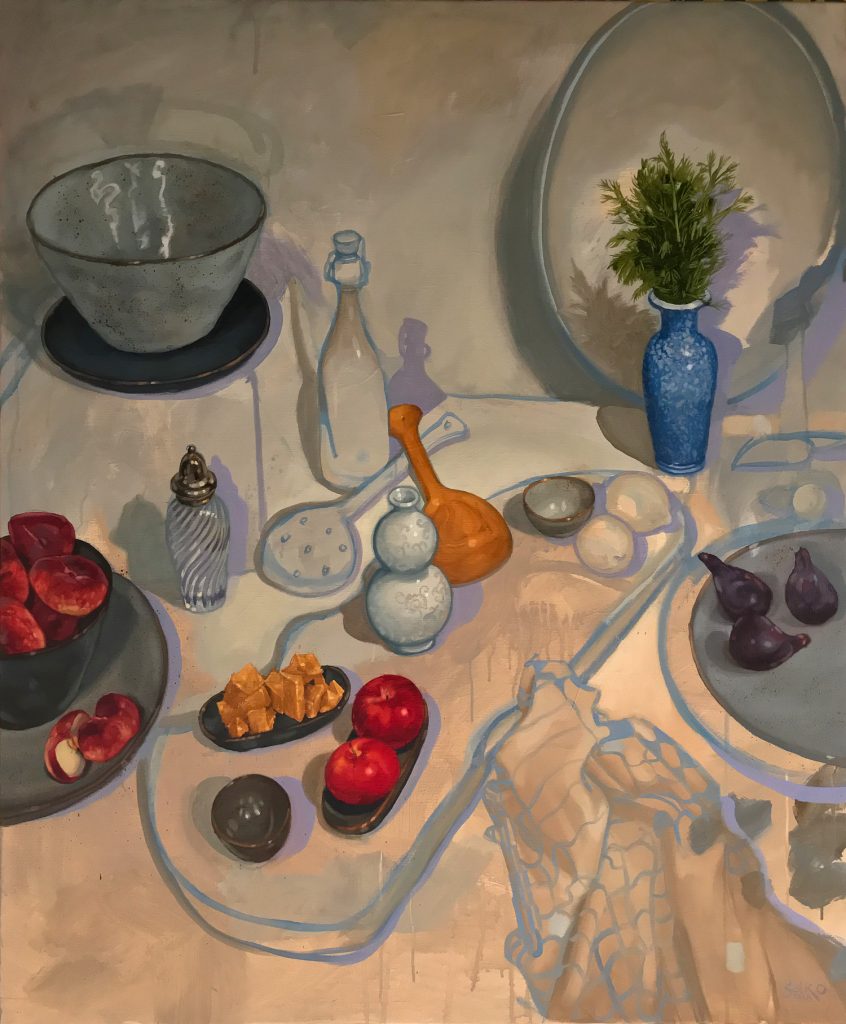
MIRTHE: How do you describe your own style?
SOLKO: I have been thinking about that question for 20 years. The way I describe my own work seems to change much more with the way I change and think about it, even though my actual painting and the things I find interesting don’t seem to change that much over the years.
I call my style “dual realism” after having to accept that there cannot be any singular objectively consistent depiction of reality, but that there are hundreds, thousands, or maybe millions, all of them individually consistent and coherent, all of them entirely different from one another. And in that sense all of them [are] true. True as a depiction, as a truthful description of reality. In the end, one well seen, keenly observed, and well drawn apple is just as true as another one, separate of the style of depiction that you use.
The thing that is so fascinating about this is that we, as human beings, always try to construct a coherent worldview inside our mind. And we do that by forging all these different concepts, stylizations, and simplifications into one single picture or story, while we never seem to realize that all these elements each come from very different temperaments, perspectives, cultures, languages, and philosophies. That is how the personal style I paint with developed, wanting to show how our perception actually works, the sloppy way in which we usually try to combine and patch together a bunch of concepts and simplifications or our quick impressions of a fleeting world. I much prefer to paint that: the way we see the world, [rather] than the world itself.
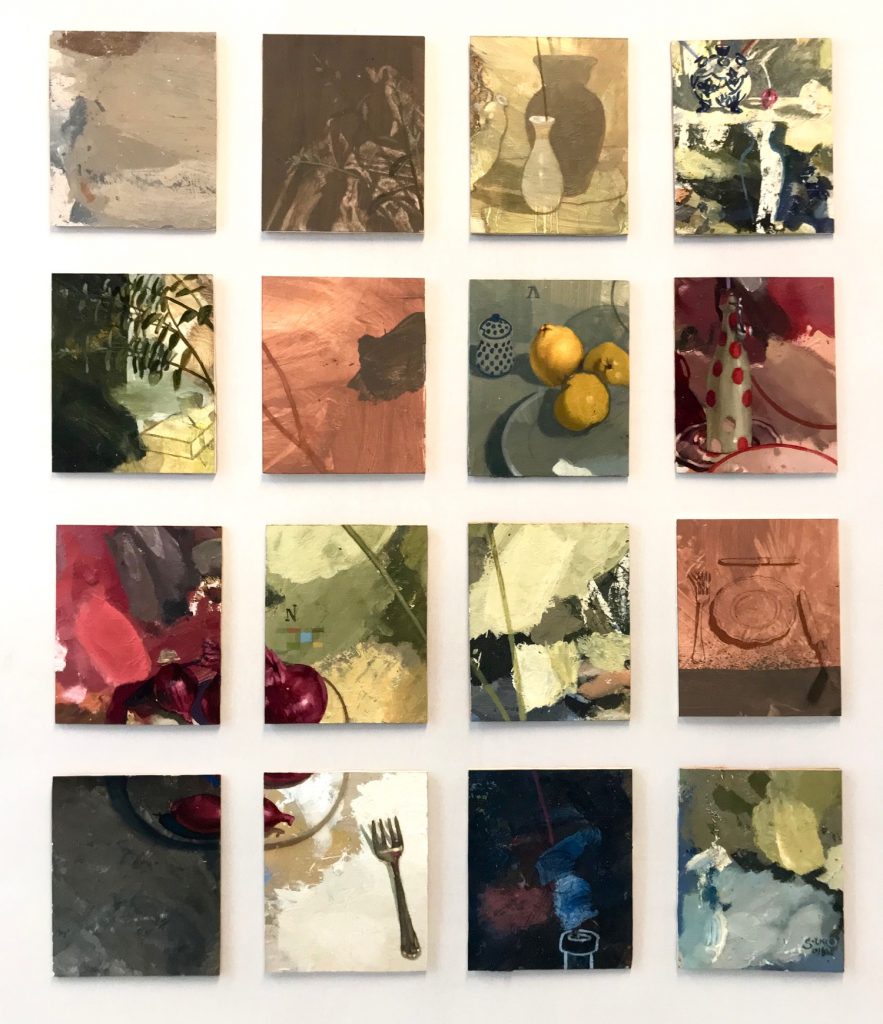
MIRTHE: You also teach painting to students. In your classes do you emphasize the fact that they, too, have their specific glasses with which they look at the world?
SOLKO: Yes. I don’t do that on purpose, but per definition I find your perception and worldview interesting and relevant. Another person can never see and interpret the world the same way as you do. So the fact that you decide to try to depict something means that you saw or noticed something that you found interesting. That almost automatically means that it is interesting for another person to look at. Even if you don’t make these choices consciously. Or maybe even because of that.
I love that art is an instrument to capture this multitude of perspectives and experiences. In science we spend a lot of time standardizing terms and concepts and language so that we all can be sure we are always talking about the same thing and that we can develop ideas further from there. But art is not bound by this reduction and does not have to bow to it.

MIRTHE: Is that also the reason you work in so many disciplines?
SOLKO: That is entirely possible. Besides my portraits, landscapes, and still-lifes, I also create illustrations, comics, and other graphic designs. I have many, many interests. I speak four languages and am a fascinated student of biology, math, plant breeding, dancing, music, philosophy, writing, politics, etc. … Sometimes people can find it distracting and unfocused to have that many interests and an abundance of curiosity, but in my mind these are all the same thing. And they all arise from the same basic desire to want to understand the world and the human condition, to notice and perceive underlying principles and parallels between many different things and to capture the world through your own eyes.

MIRTHE: You also lived for a while in another great city: Paris. Why did you choose Paris?
SOLKO: Paris is where I attended my first art school. As an adolescent I was captured by The Moon and Sixpence, a [fictional] book [inspired by] the life of Paul Gauguin, written by Somerset Maugham. After reading Greek and Latin philosophers in high school, I had to read this book for my English exam. Gauguin was a fascinating character. He completely changed the course of his life in his 40s. He had a good position as a banker, and a wife and kids, but decided to leave it all and focus completely on painting and art. In the following years he made incredibly beautiful and haunting paintings but didn’t seem to care anything anymore about his social status or success as perceived by society. Why would anyone do that? To give up everything we are taught to care, train, fight, and work hard for, just to make art? That had to be something great, dangerous, mysterious, and awesome. It wouldn’t let go of me from that point on.
After high school, I was under the conviction that there were already enough people trained and dedicated to further research in science, but that nobody I knew of was actually researching the mystery of beauty. In order to study beauty, I first really wanted to learn to paint and draw really well. I ended up at the ESAG (Ecole Supérieure d’Arts Graphiques), a very good and reputable art school in Paris. I had to work very hard there, and over the course of four intense years, I learned to paint really well.
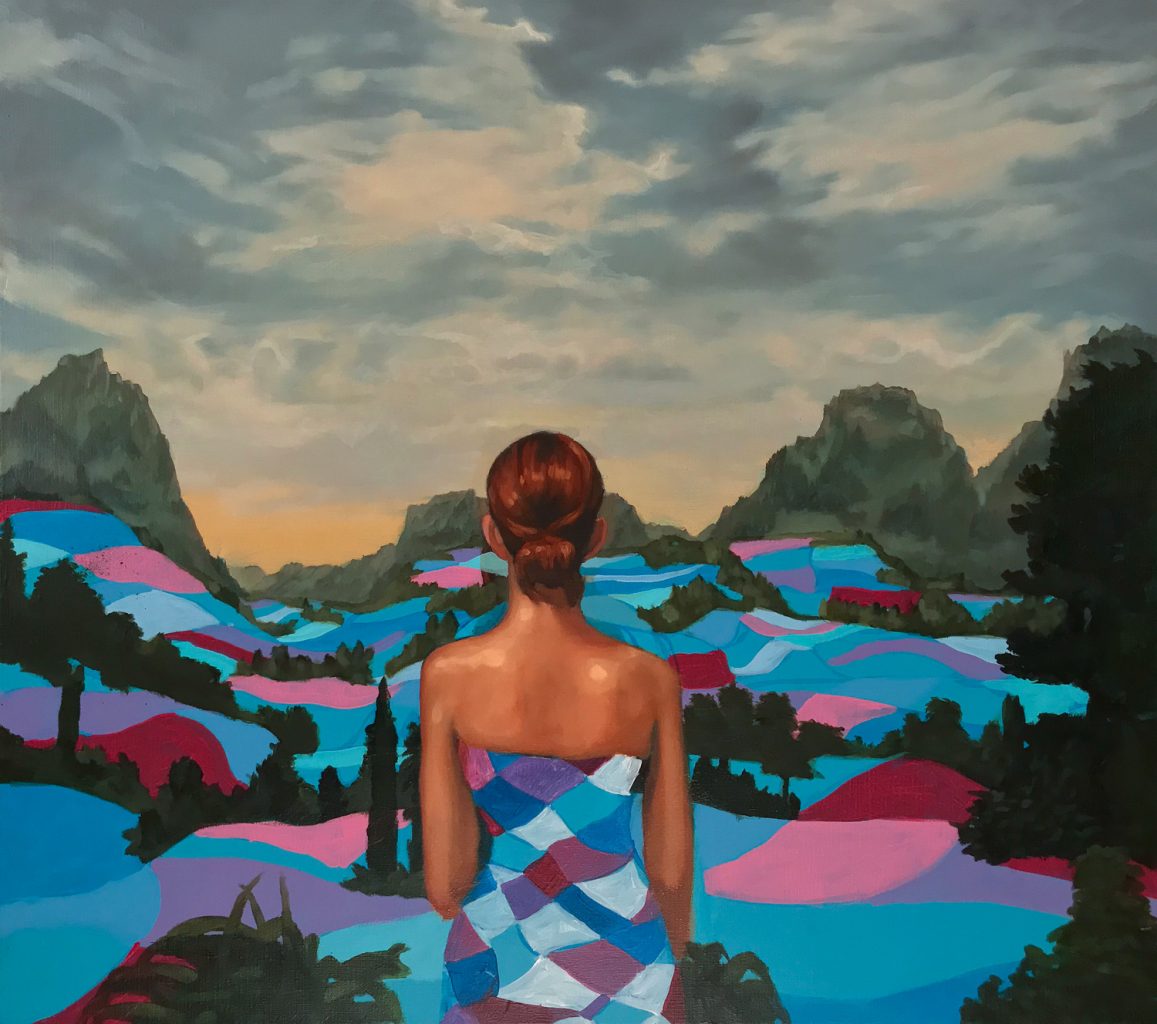
MIRTHE: You left Paris though. Why was that?
SOLKO: I went to the Royal Academy of Art in The Hague because I wanted to do my master’s degree in painting there. In Paris the master’s degree was focused on graphics.
The Academy in The Hague was an art school with an entirely different approach. Everything was up for discussion: What is art? What is an artist? Besides that, figurative art, or realistic depictions, were considered outdated or irrelevant, while the thing that I was after was the timeless principles underneath those. I had plenty of discussions and differences of opinion with the teachers. They thought I should go towards a more abstract direction.
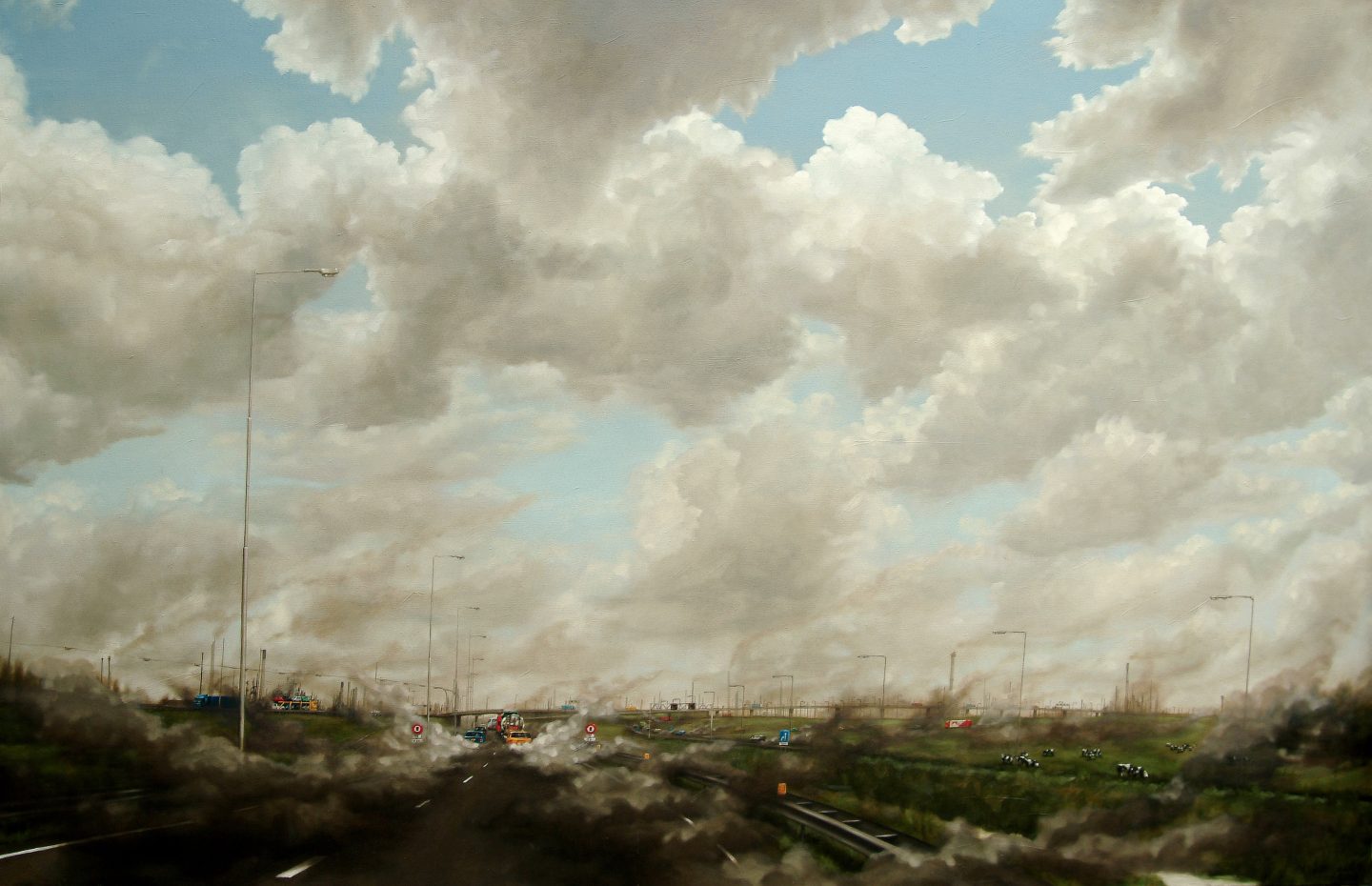
MIRTHE: That is commendable, to hold onto your own convictions, but also quite risky when you hope to be able to make a living out of your art.
SOLKO: Yes. Fortunately it turned out that I wasn’t so far off, because there definitely was enough demand for the kind of art I was painting. There have been challenging times, but from the moment I graduated from art school, I have generally been able to sell quite well.
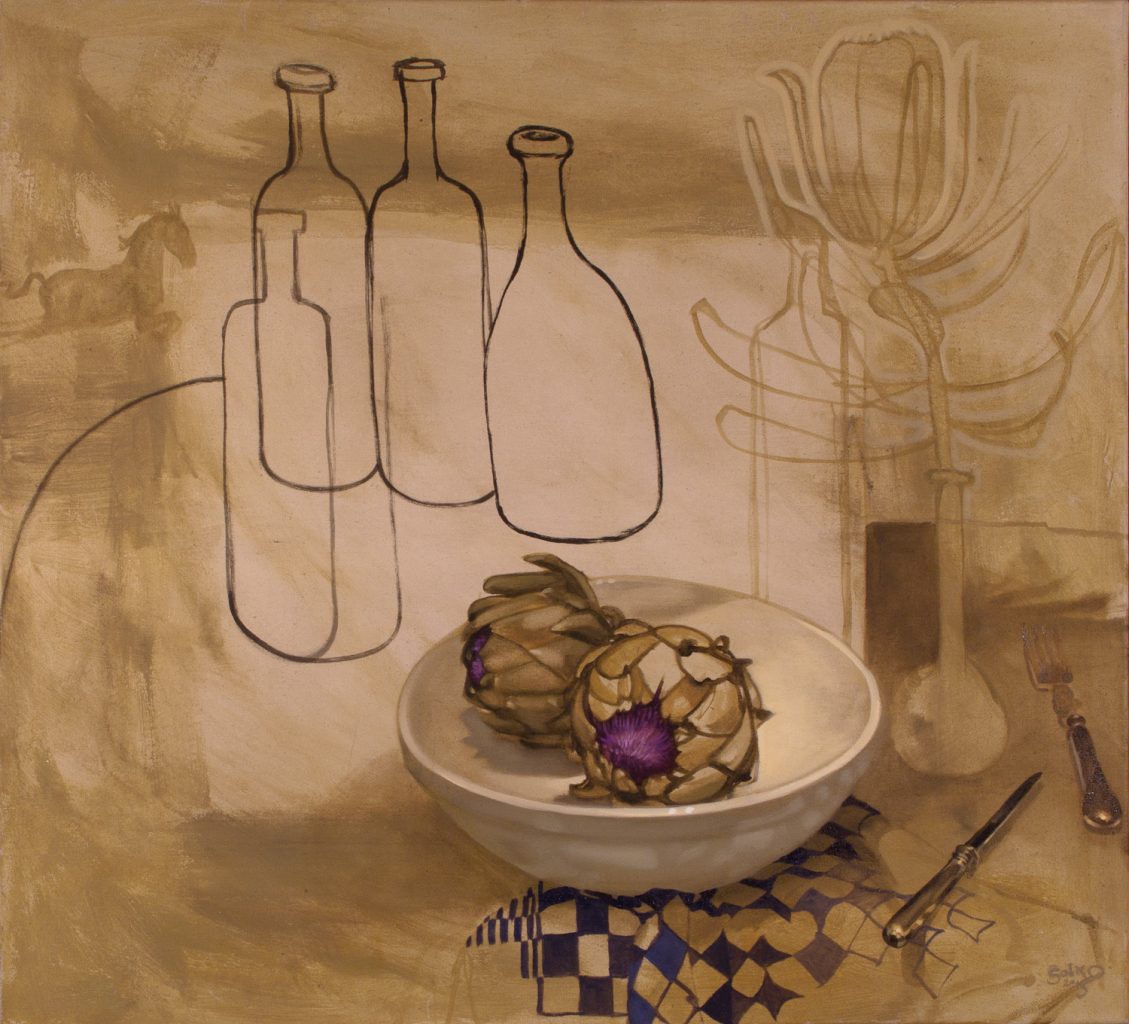
MIRTHE: And after your art education, you decided to start teaching. How did that happen?
SOLKO: At first I rented a small studio and gallery on the island in the Meuse. I worked there, organized exhibits, and started teaching painting classes. I had never imagined how much I would enjoy teaching. I find it truly fascinating to see and understand all the different views and interpretations of my students after giving them a single subject to paint. All of them are good and to the point in their own way.
I also see every student struggle with the exact same things I wrestled with in the beginning. How do you mix the exact same color that you had before and you ran out of halfway? With how much detail do you depict something like a tree? And how do you learn to feel free and creative, to not fear failure but to embrace things that turn out differently, so that you don’t paint with an unnatural and forced robotic rigor? Most people think that being creative is hard because of the techniques and ideas you need to acquire, but that is not the case; it is much more a question of being able to get into the right approach and spirit.
In a painting class you sort of relearn how to see all over again, by becoming aware of how you are looking at things. You’ll learn how to be able to spot differences between nuances of color, you’ll become aware of how much framing things and small adjustments to proportions can totally change the way you perceive things. What effect the shapes and backgrounds you use—often without thinking—have on the final result. I sometimes hear from students that they suddenly start to see and observe much more in their personal life as well. Or that they start to become aware that there is no particular reason why they always looked at certain things in a certain way. These are the things that make teaching so precious and so inspiring.
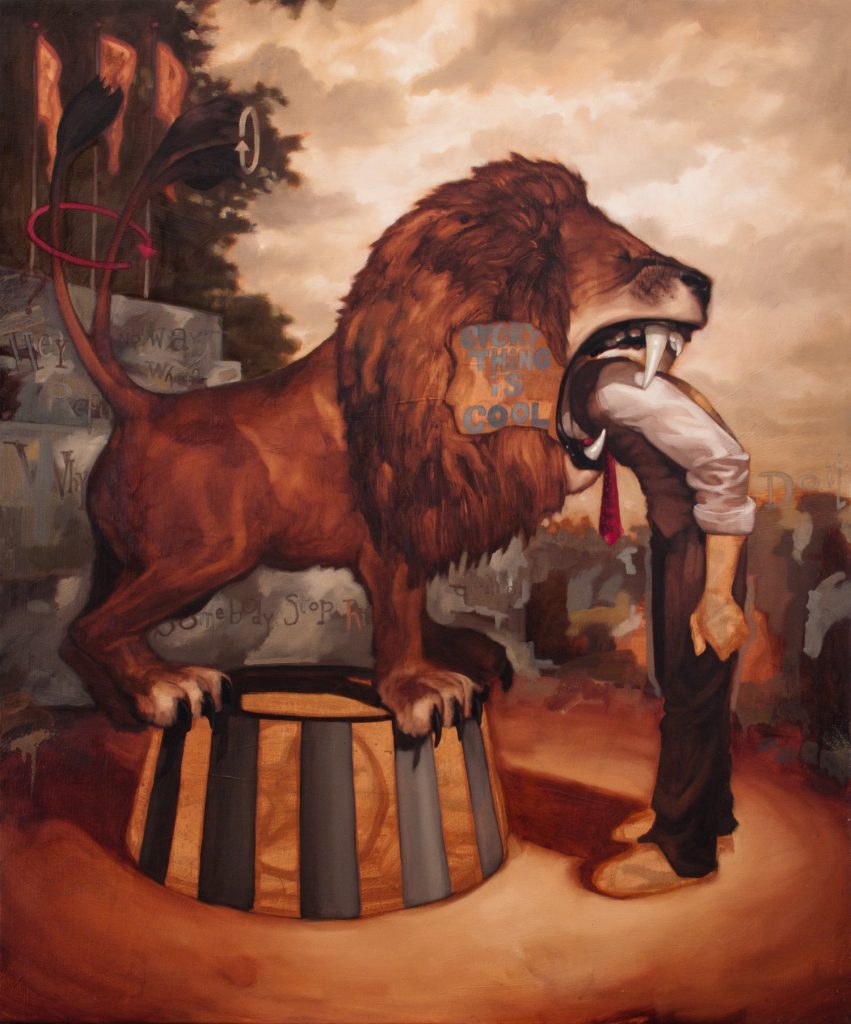
MIRTHE: I took a few of your painting classes. You share these types of thoughts about art with your interested students in very open conversations. Besides that, you encourage your students to tell about their own heroes and to study what it is about the way their heroes look at the world that they find so attractive. Not every teacher does that.
SOLKO: I don’t like to talk about art as if it is something exclusive or unattainable. I am sincerely interested in how different people approach and think about different themes, also people that have no background whatsoever in art.

MIRTHE: Did you manage, after all these years, to finally understand Gauguin, who gave up everything to make art?
SOLKO: Often you put a whole lot of effort and time into paintings that eventually don’t work. But that single moment when you do succeed, when it all comes together and works, that feeling makes it completely worthwhile to continue on the uncertain and insecure path of an artist. It has an addictive quality to it, like that of a mountaineer who reaches the summit and then is willing to put in the long training, discomfort, pain, and isolation all over again and again and again.
I have had some hard times as an artist. It just is a profession with a lot of uncertainty at times. But I have also experienced that it is at the most difficult times that you speak the clearest and most to the point, when you have this sense of urgency. You realize that you do this because you want to make something lasting and valuable. Something that matters.

Mirthe Smeets works as an editor and journalist and lives in Maastricht in the south of the Netherlands. She lived in France for some time and loves to meet people from all around the world. Sharing beautiful stories and cultural projects is one of her passions and is why she enjoys contributing to Anthrow Circus. Have any nice ideas? You can contact her at mirthesmeets@gmail.com.



